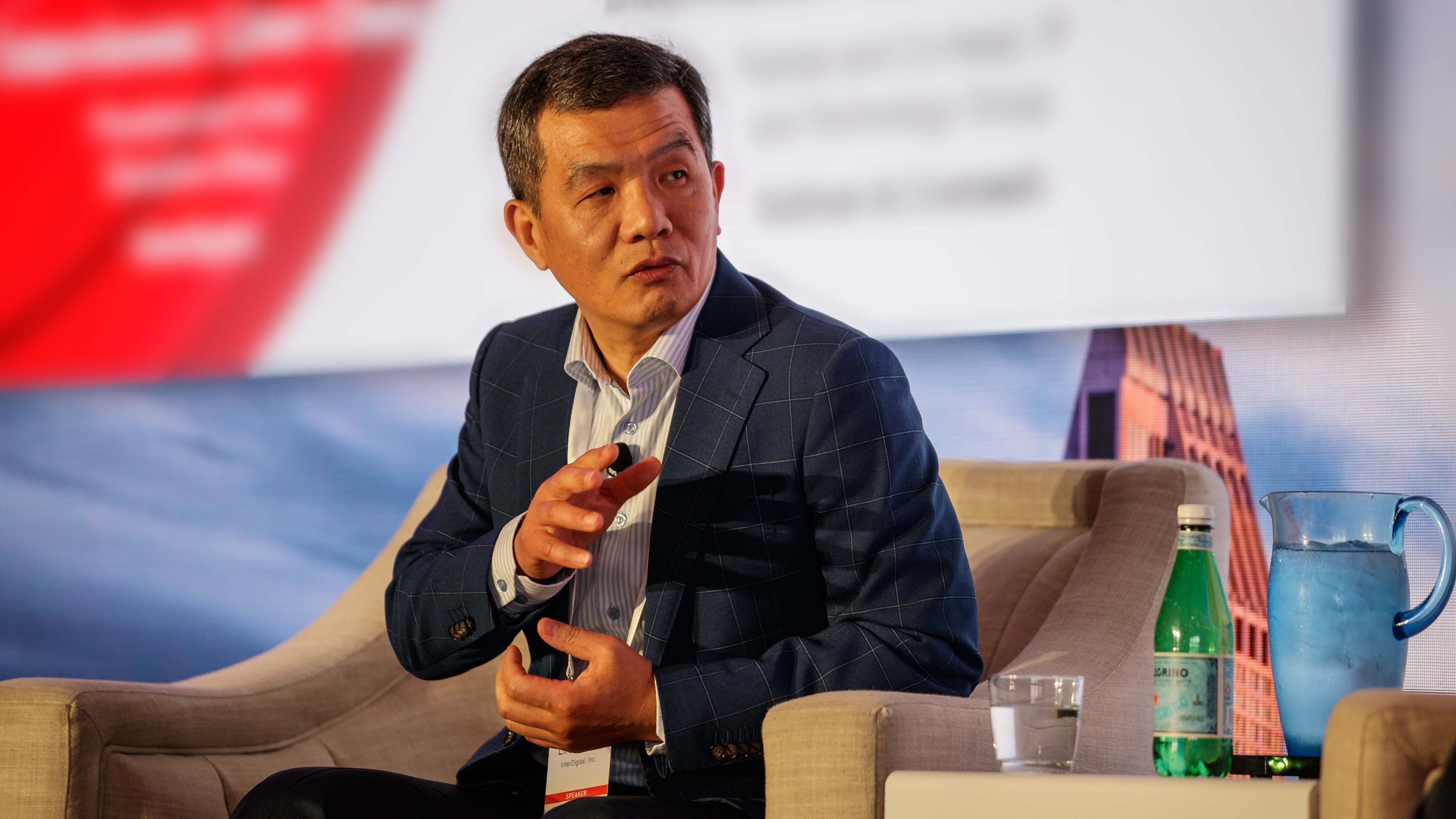Improving workflow
The supply chain of content from its initial acquisition to final delivery to the viewer has been revolutionized as a function of the digital era in which we live and work today. There was a time when manufacturers could measure the life cycles of their hardware-based analog product lines in terms of years. Today’s digital technology has enabled the creation of software-based products and systems, reducing product cycle timeline measurements to months. Additionally, software-based technology has the advantage of creating processes and functions as programs, which can relatively quickly be embedded in firmware or released as software. The result, vis à vis previous requirements for hardware layout, multilevel board design and chip fab, has probably increased new product introductions tenfold.
A good thing in those days of analog hardware was that if you experienced a functional difficulty, it either went to the manufacturer or a field technician would be dispatched to repair the problem. Today, however, we have to use a work-around while awaiting a bug fix or the next version of a software release. The sheer abundance of today’s new technology products presents a daunting challenge to simply stay on top of all the latest available tools and workflow solutions.
One new, interesting workflow tool is the Venice video server from German company DVS Digital Video Systems. (See Figure 1.) The server is a multichannel ingest, capture and playout device available with all the current Sony, Panasonic and Avid codecs, thus providing capabilities for everything from edit output to live camera capture and ingest of disk or tape content.
The system is available as a two- or four-channel device. With the variety of codecs available, it offers a multiplicity of system configurations. Systems can be stacked to provide additional channels if needed. For example, while there has been a recent trend with some of today’s sitcoms to shoot using just a single camera, many shows are still shot in the traditional three-camera style. In that situation, an interesting workflow option for a three-camera video shoot might be a Venice system configured with four independent channels where the three cameras would each feed an input channel while the fourth channel could be configured to feed an Avid system for edit output. Need more inputs or outputs? Simply stack another system. Another benefit is you can retire or put to other use whatever decks the cameras would have been feeding.
Today’s broadcaster is faced with a plethora of content in various video and file formats. Need a conversion? The system supports a range of video and file formats in anything from compressed SD to uncompressed 4K and can do on-the-fly conversions and playout in most of today’s common formats. It has much to offer in production and play-to-air broadcast applications. There is a huge space in between in post production, and post has migrated largely to a file-based workflow. The system can serve to mediate between content that is being captured live or content ingested from tape or disc and that whole world of file-based content finishing. Other features and capabilities facilitate nonlinear editing workflow and enhance graphics and compositing workflow processes.
The German engineers responsible for the Venice must have looked to one of their neighbors to the south for inspiration. The result is the Swiss Army Knife of video servers.
Anthony R. Gargano is a consultant and former industry executive.
The professional video industry's #1 source for news, trends and product and tech information. Sign up below.
